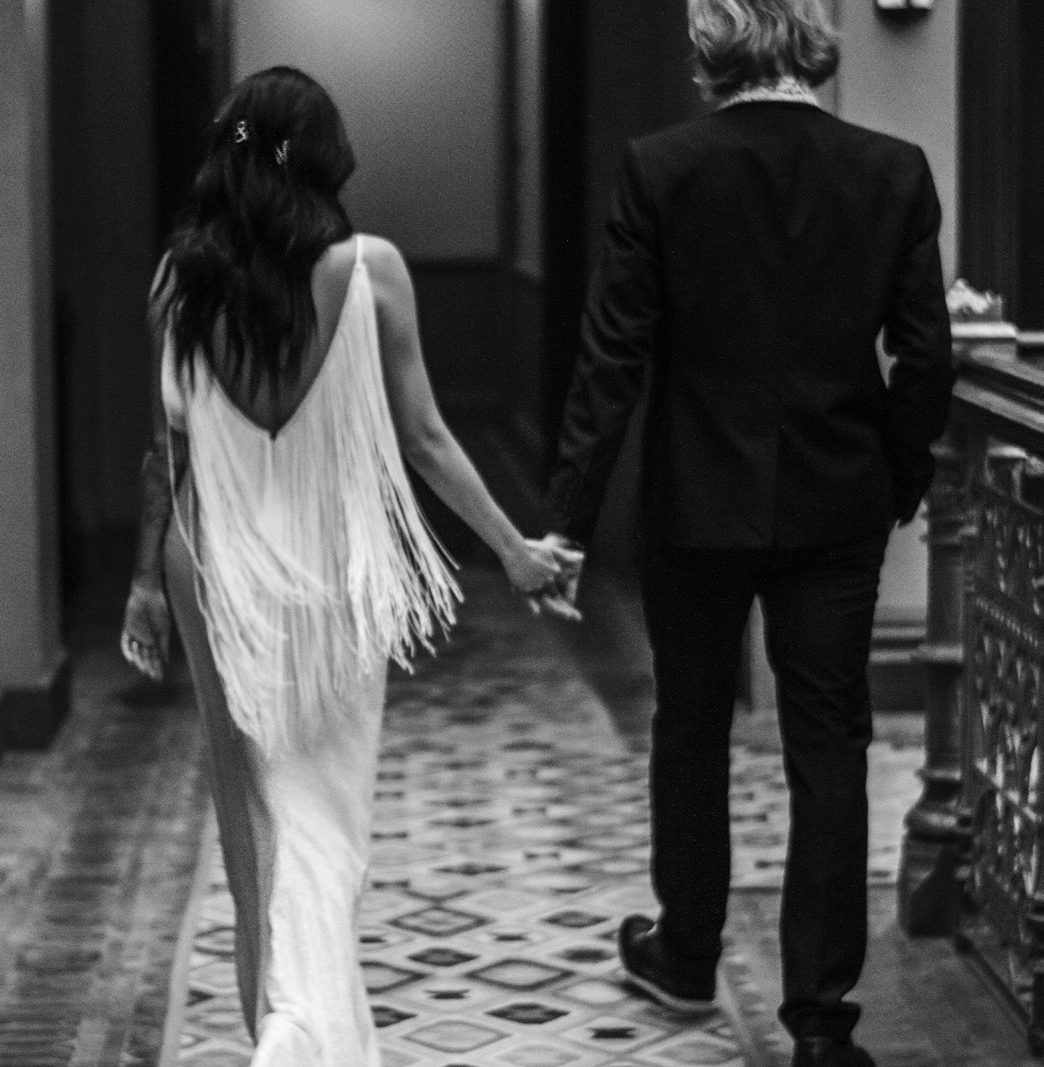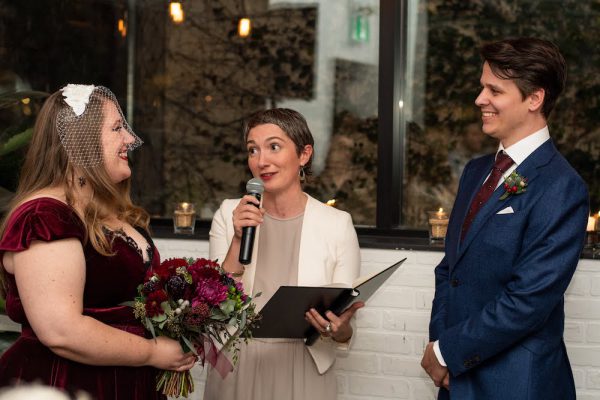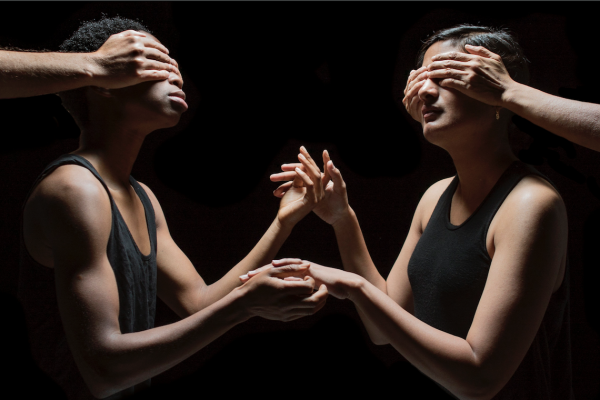Continuing from the Spring 2021 issue, “The Career Chronicles” features dance artists who vigorously pursue parallel careers and delves into how their multi-faceted lives breed inspiration.
ANGEL WONG
Vancouver-based ballerina and designer of & For Love
While working for Opera Atelier as a ballerina, Angel Spendlove, whose stage name is Angel Wong, earned her degree in architecture and environmental design from Ontario College of Art and Design University. Though she had planned on becoming an architect, her love of fashion, costumes and the colour white led her towards designing clothes instead. “I dream about clothes, think about clothes while I’m in the shower,” she says. Wong also figured that making clothing would be “faster than making a building.” Perhaps fittingly, the first costume piece she designed was for The National Ballet of Canada’s The Tutu Project, a gold piece with a distinctly architectural feel.
Soon after, Wong launched her own bridal line called & For Love. Her pieces are informed by her experiences as both a ballerina and a bride. Wong says that while looking for her wedding dress, everything she tried on made her feel like she was going to work. But she wanted to be able to dance freely. Now she wants the same for her brides.
The dance community and tour life have been instrumental in Wong’s design career. The models in her first runway show were dancers, and the event itself was produced by Hit & Run Dance Productions, a company run by Jennifer Nichols and Anisa Tejpar. Nichols and other colleagues were also models for some of & For Love’s early photo shoots, one of which once took place in Paris while Wong was on tour with Opera Atelier.
Wong’s work as a designer was often influenced by these tours, as she would regularly sit in cafés, “watching how people dress in their normal life in another country,” collecting observations that would inform her sketches. She also notes that “hearing opera singers and going to museums,” as well as practising “an artistic medium that’s not drawing,” helped foster her creativity as a designer.
As the co-founder and designer at & For Love, Wong is in charge of giving the brand its signature “bridal, but make it fashion” look, one that has garnered numerous awards and a feature in British Vogue. Wong’s work can now be found in nine countries.
GEMMA CROWE
Media artist in Vancouver
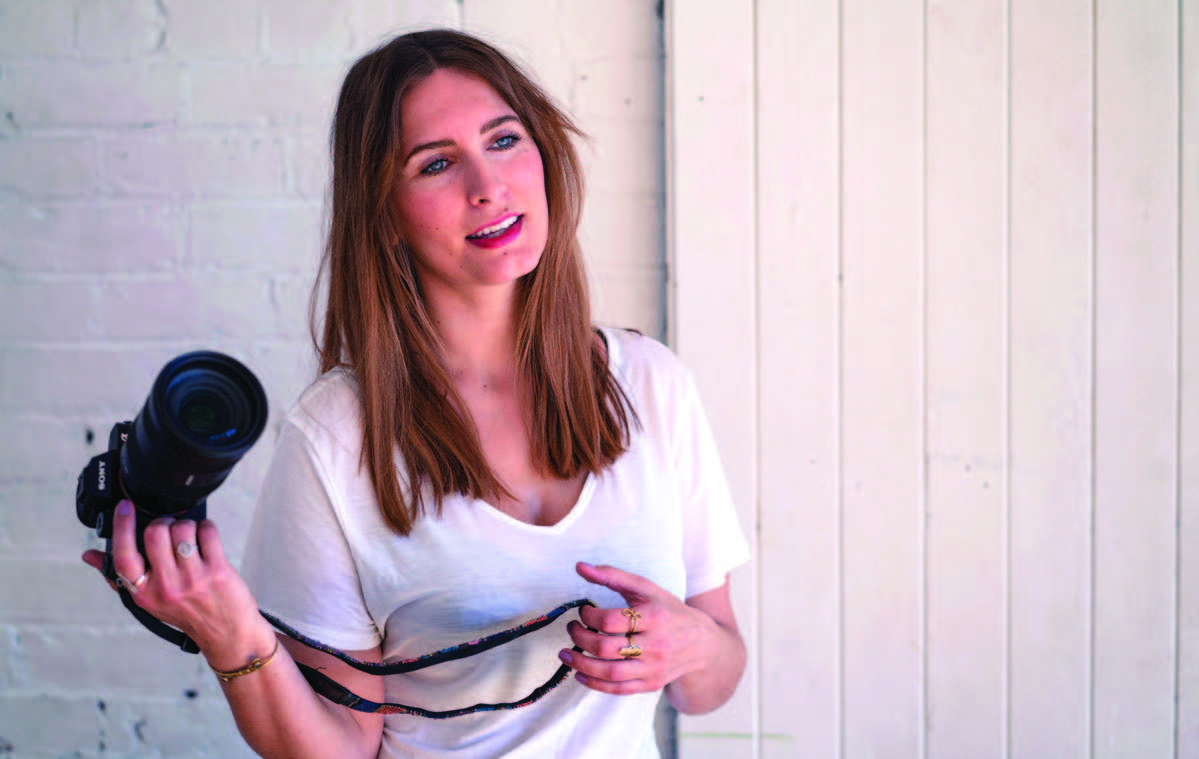
Gemma Crowe believes her training as a dancer and choreographer is what makes her a great filmmaker; she sees filming as a duet between her and the person she’s shooting. Because of her experience with improvisation, she says she feels “in tune with other bodies” and can anticipate movement in a way that allows the authenticity of the performer to shine through. From a technical standpoint, her hand-held shots are always steady, also thanks to her dance training.
At the University of Calgary, Crowe took a course called Dance and the Camera and she says it blew her mind. She quickly became interested in learning more about the art of film, feeling drawn to it because “It still felt like choreographing.” This discovery led her to Langara College, where she studied digital film production.
While she has worked with many commercial clients, Crowe connects more with what she describes as indie filmmaking. She believes that mode of work better allows her to ask questions like “What visuals are we putting into the world?” and “What are we making people think about how we should be and live?” Her perspective as a dancer has helped steer her away from doing work that centres “ideal bodies and virtuosity,” which is often a dominant practice in dance.
Crowe edits her own work. She likes being able to lock in a creation in a way that isn’t possible with live performance. Dance and film, for Crowe, are both built from “ideas you’re translating into a time-based experience for people to understand in a different way,” she says. Dance, however, is unique in its sense of “playfulness and wonder.”
Financially, Crowe discovered that being a “starving filmmaker” involves more money than being a “starving dancer,” something that has informed her approach during contract negotiations; she tries to ensure the artists she is shooting are not getting paid a lower rate than herself.
Currently, Crowe is an MFA candidate in the full-residency program at Emily Carr University of Art + Design. She’s working on SOUNDESCAPE, a 20-minute soundscape that uses source blocking while recording to create perceptual illusion through auditory cues. Crowe will capture the sounds a body makes as it moves between the source of sound and the listener, including atmospheric sound or short sampled music. “It’s a relatively new method,” she says. “I don’t know if anyone else is doing anything like it, but I don’t want to say that I’ve invented it.” During a residency at Lobe Studio, she’ll develop the project into a spatial sound installation.
MITHILA BALLAL
Dancer and psychotherapist in Peterborough, Ont.
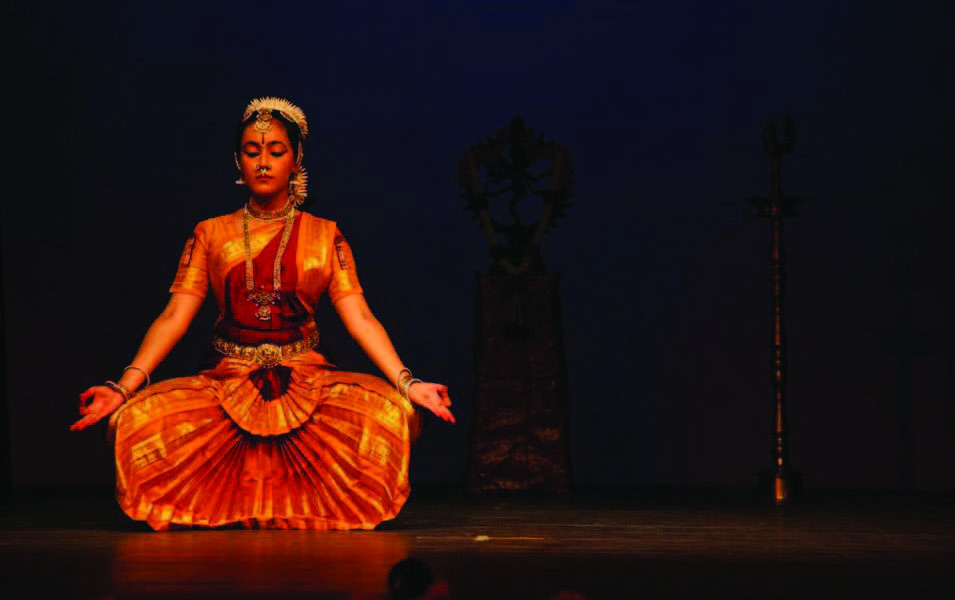
Mithila Ballal has been connected to the movement and sounds of bharatanatyam since her mother, who was a dancer, carried her in her womb. As a psychotherapist, Ballal uses movement to help people. She sees dance as an important tool for healing, particularly in processing grief and trauma, which she has seen in other’s lives as well as her own: “It’s helped in so many different ways. … Dance has kept me alive.”
In 2012, Ballal earned an MA in expressive arts, dance movement therapy with a specialization in mental health counselling from Lesley University in Cambridge, Mass.
Dance and movement are now major pillars in Ballal’s approach to psychotherapy. The connection between mental health and the breath is widely touted, and Ballal notes, “Movement starts with your breath.” Her dance training has also facilitated a unique connection to the body’s revealing non-verbal cues. “I pay a lot of attention to body language,” she says. This skill allows her to support others in learning to listen to their bodies and process trauma. At the same time, she points out, “I find I learn a lot from my clients. … It’s a give and take relationship.”
Ballal also says that her dance practice gives her the energy she needs after long days of taking care of others. “It has helped me tremendously with stress, especially when it comes to balancing my work.” Pursuing psychotherapy has allowed her the freedom to create her own schedule so she can devote this much-needed time to her art. Coming up, Ballal will be featured in the Precarious3 Festival – a multi-arts festival that dives into the precarity of being an artist. In her work, she will be portraying grief.
As someone who recently lost a loved one, Ballal says that dance has seen her through the roller-coaster of grief. She describes grief as a process of healing, and movement can be used to process it, a teaching she shares with her clients. She’s also open about her personal challenges and that she sees a therapist. She believes in “being authentic and letting others know that being a therapist doesn’t mean you’re not human; you go through situations as well.”
Emily Pettet is an artist, writer and The Dance Current’s marketing manager.
This article was originally published in the Summer 2021 issue.
Tagged: All, On the Ground, All
